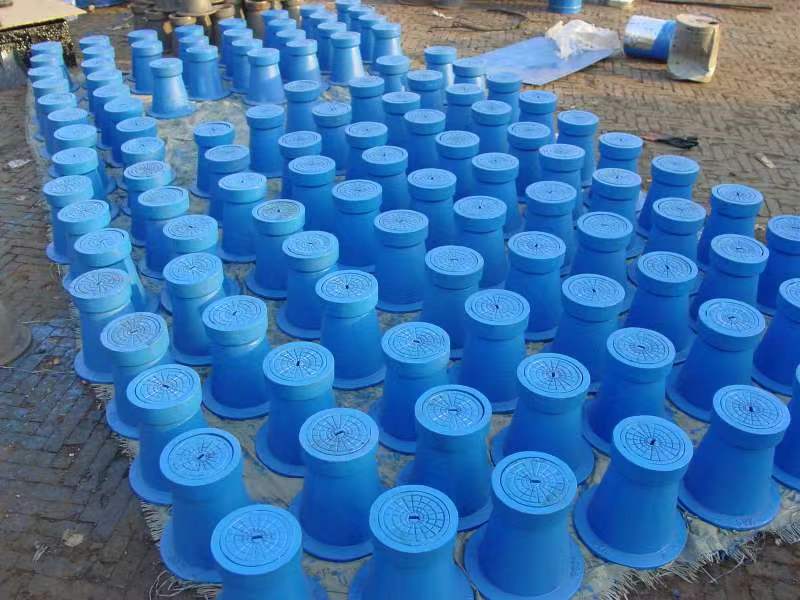drip air relief valve
Understanding Drip Air Relief Valves A Comprehensive Overview
In various applications across industries such as agriculture, plumbing, and manufacturing, maintaining the integrity of fluid systems is essential for operational efficiency and safety. One critical component in this regard is the drip air relief valve (ARV). This article will delve into the function, importance, and maintenance of drip air relief valves, shedding light on their significance in fluid management systems.
What is a Drip Air Relief Valve?
A drip air relief valve is a specialized device designed to manage air and gas in liquid-filled pipelines, particularly in systems susceptible to flooding or excess pressure. Its primary function is to allow trapped air and excess gaseous buildup to escape, thereby preventing hydraulic shock, ensuring proper operation, and reducing the risk of equipment damage.
These valves are commonly found in irrigation systems, wastewater treatment facilities, and industrial processes where liquid and gas phases interact. The design of a drip air relief valve typically includes a float mechanism that responds to the water level, allowing it to open and close automatically as conditions change. This ensures that air pockets do not accumulate, which can lead to inefficient fluid flow and operational hazards.
Importance of Drip Air Relief Valves
1. Preventing Water Hammer One of the significant risks in piping systems is water hammer—a phenomenon caused by sudden changes in the flow rate, resulting in shock waves. A drip air relief valve helps to mitigate this risk by allowing air to escape and thus cushioning the impact of sudden pressure fluctuations.
2. Ensuring System Efficiency Air pockets can create blockages in lines, reducing the efficiency of transport systems. By continually releasing trapped air, drip air relief valves maintain a steady flow, ensuring that systems operate optimally.
3. Protection Against Damage Mechanical components can suffer from the stresses created by pressure fluctuations. By alleviating those pressures, drip air relief valves prolong the life of equipment and reduce maintenance costs.
4. Enhancing Safety In systems that involve hazardous fluids or gases, the proper functioning of an air relief valve is paramount. A malfunction could lead to pressure buildup, resulting in potentially dangerous situations. Thus, these valves play a crucial role in safeguarding both personnel and the environment.
drip air relief valve

Key Considerations for Installation and Maintenance
To ensure that a drip air relief valve functions effectively, manufacturers and operators must pay attention to specific installation guidelines and regular maintenance practices
1. Proper Sizing and Selection The effectiveness of an air relief valve greatly depends on its appropriate sizing for the particular application. Factors like pipe diameter, fluid characteristics, and anticipated pressure fluctuations must be considered when selecting the right valve.
2. Correct Placement The location of the valve within the system is also critical. It should be installed at high points in the piping system where air is likely to accumulate—this placement maximizes efficiency in air release.
3. Routine Inspections Regular checks are necessary to ensure that the valve is not clogged and that it opens and closes correctly. Accumulation of sediment or debris can impede its functionality, necessitating cleaning or replacement.
4. Testing for Leaks Operators should periodically test for leaks around the valve connection points to prevent unnecessary loss of resources and maintain system integrity.
5. Adhering to Standards Compliance with industry standards and regulations during installation and maintenance of drip air relief valves is essential for safety and efficiency.
Conclusion
Drip air relief valves play a crucial role in the efficient and safe operation of fluid systems across various industries. By preventing air accumulation, ensuring consistent flow rates, and protecting equipment from damaging pressures, these valves are indispensable components. Understanding their function, adhering to proper installation and maintenance practices, and regularly monitoring their performance can significantly enhance system longevity and reliability. As technology progresses and industries evolve, the importance of these small yet mighty valves cannot be overstated.
-
The Smarter Choice for Pedestrian AreasNewsJun.30,2025
-
The Gold Standard in Round Drain CoversNewsJun.30,2025
-
The Gold Standard in Manhole Cover SystemsNewsJun.30,2025
-
Superior Drainage Solutions with Premium Gully GratesNewsJun.30,2025
-
Superior Drainage Solutions for Global InfrastructureNewsJun.30,2025
-
Square Manhole Solutions for Modern InfrastructureNewsJun.30,2025
-
Premium Manhole Covers for Modern InfrastructureNewsJun.30,2025
